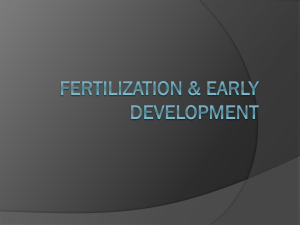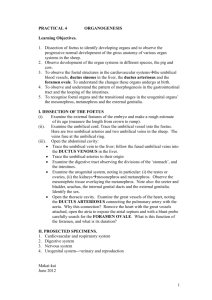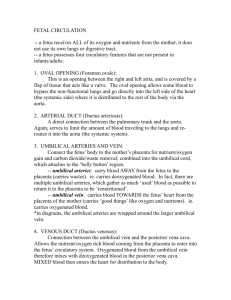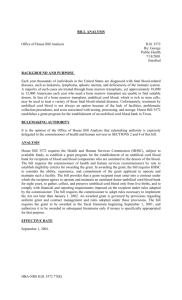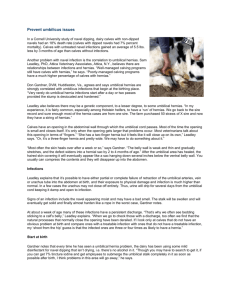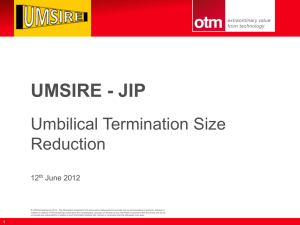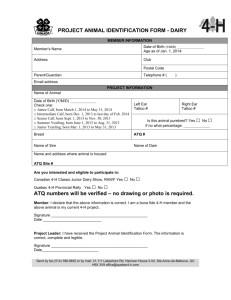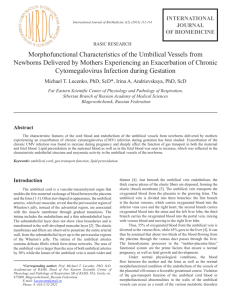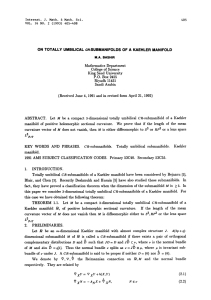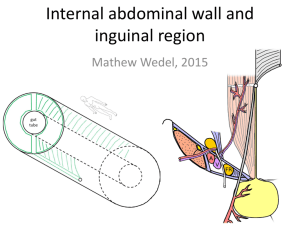Belly Bump
advertisement
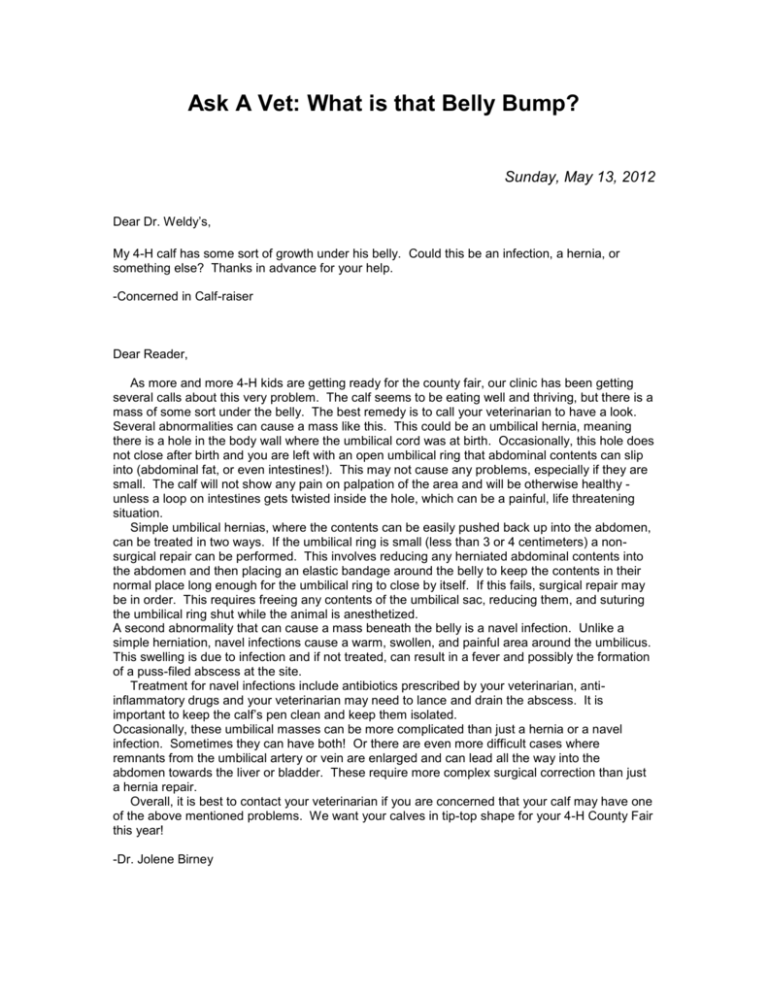
Ask A Vet: What is that Belly Bump? Sunday, May 13, 2012 Dear Dr. Weldy’s, My 4-H calf has some sort of growth under his belly. Could this be an infection, a hernia, or something else? Thanks in advance for your help. -Concerned in Calf-raiser Dear Reader, As more and more 4-H kids are getting ready for the county fair, our clinic has been getting several calls about this very problem. The calf seems to be eating well and thriving, but there is a mass of some sort under the belly. The best remedy is to call your veterinarian to have a look. Several abnormalities can cause a mass like this. This could be an umbilical hernia, meaning there is a hole in the body wall where the umbilical cord was at birth. Occasionally, this hole does not close after birth and you are left with an open umbilical ring that abdominal contents can slip into (abdominal fat, or even intestines!). This may not cause any problems, especially if they are small. The calf will not show any pain on palpation of the area and will be otherwise healthy unless a loop on intestines gets twisted inside the hole, which can be a painful, life threatening situation. Simple umbilical hernias, where the contents can be easily pushed back up into the abdomen, can be treated in two ways. If the umbilical ring is small (less than 3 or 4 centimeters) a nonsurgical repair can be performed. This involves reducing any herniated abdominal contents into the abdomen and then placing an elastic bandage around the belly to keep the contents in their normal place long enough for the umbilical ring to close by itself. If this fails, surgical repair may be in order. This requires freeing any contents of the umbilical sac, reducing them, and suturing the umbilical ring shut while the animal is anesthetized. A second abnormality that can cause a mass beneath the belly is a navel infection. Unlike a simple herniation, navel infections cause a warm, swollen, and painful area around the umbilicus. This swelling is due to infection and if not treated, can result in a fever and possibly the formation of a puss-filed abscess at the site. Treatment for navel infections include antibiotics prescribed by your veterinarian, antiinflammatory drugs and your veterinarian may need to lance and drain the abscess. It is important to keep the calf’s pen clean and keep them isolated. Occasionally, these umbilical masses can be more complicated than just a hernia or a navel infection. Sometimes they can have both! Or there are even more difficult cases where remnants from the umbilical artery or vein are enlarged and can lead all the way into the abdomen towards the liver or bladder. These require more complex surgical correction than just a hernia repair. Overall, it is best to contact your veterinarian if you are concerned that your calf may have one of the above mentioned problems. We want your calves in tip-top shape for your 4-H County Fair this year! -Dr. Jolene Birney
